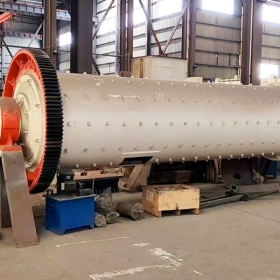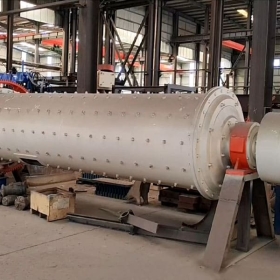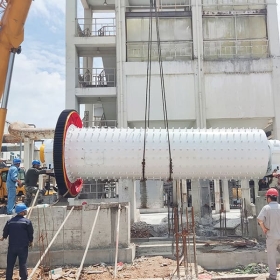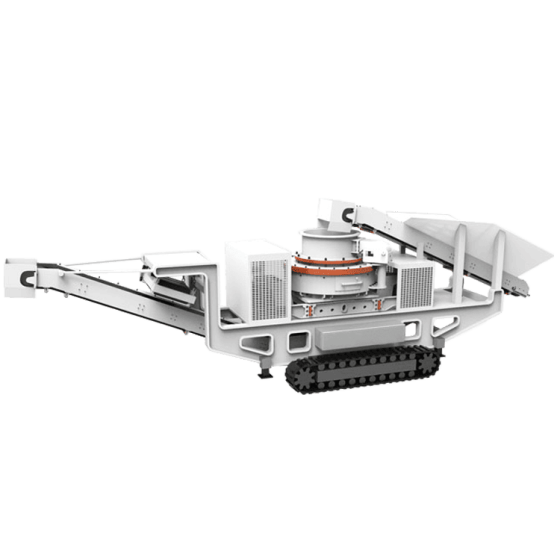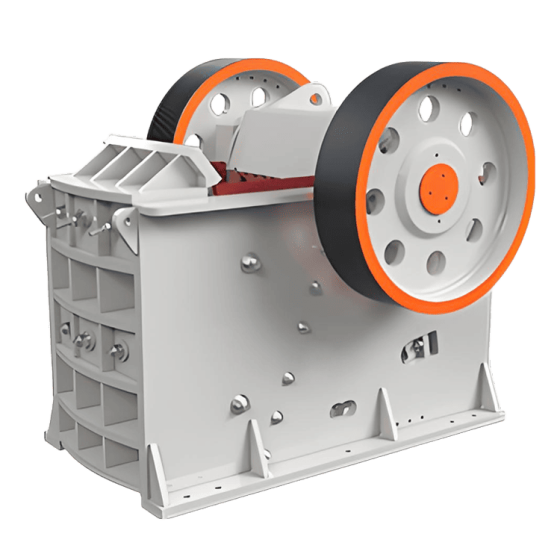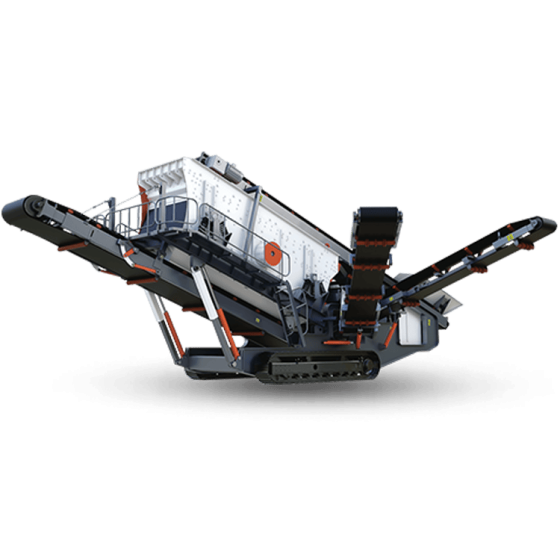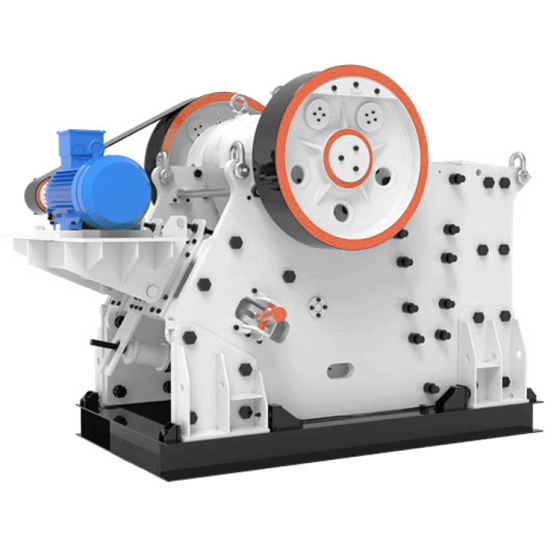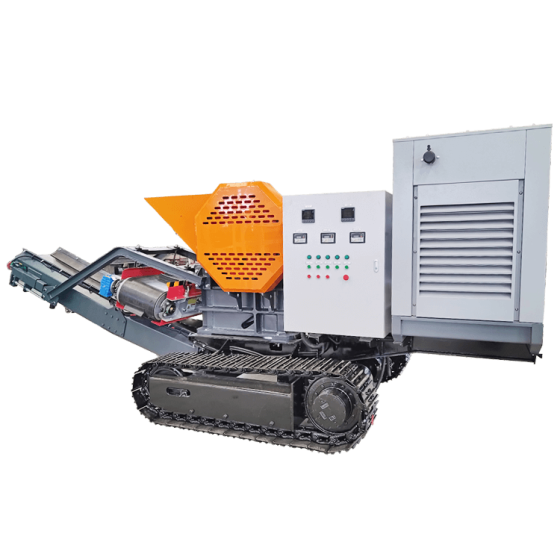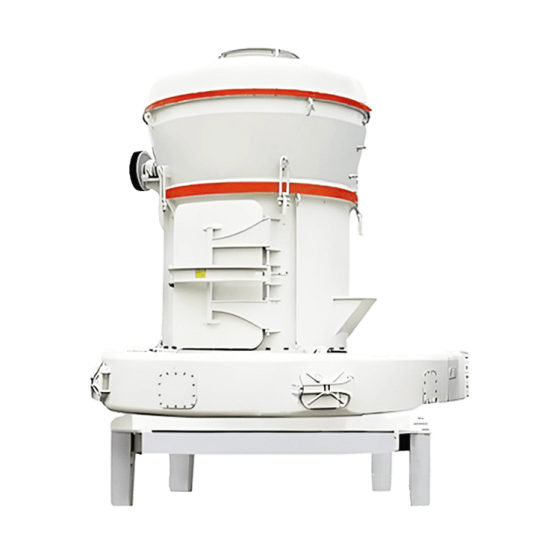Ball Mill is a kind of grinding equipment widely used in mining, building materials, metallurgy, chemical industry and other industries. It is mainly used to crush block or granular materials into fine powder through impact and grinding.
The core principle is to use the rotating cylinder to drive the internal grinding media (such as steel balls, ceramic balls, etc.) to repeatedly impact, rub and grind the material to ultimately achieve the required particle size.
Technical Features
1. Wide range of applications
• It can process materials with higher hardness (such as metal ores, quartz, etc.) and is suitable for dry or wet grinding.
• The crushing ratio is large (up to more than 300) and the finished product particle size is adjustable (usually 0.075-0.4 mm).
2. Simple and reliable structure
• The mechanical structure is mature, the maintenance cost is low and the operation stability is high.
• The efficiency can be optimized by adjusting the type of grinding media (balls, rods) and the filling rate (30%-50%).
3. Energy consumption and efficiency
• Disadvantages: high energy consumption (electricity utilization rate is only about 2%-10%), loud noise, and bulky equipment.
• Optimization direction: Use variable frequency speed regulation, optimize lining shape, use new wear-resistant materials, الخ. to improve energy efficiency.
4. Comparison between wet method and dry method
• Wet ball milling: Grinding with water to reduce dust, suitable for subsequent wet processes (such as mineral processing flotation).
• Dry ball milling: no need to add water, but a dust removal system is required, and the finished product is dry powder.
Application Areas
• Mining industry: fine grinding or ultrafine grinding of metal ores and non-metallic ores.
• Cement industry: grinding of raw materials, clinker and slag.
• Chemical industry/ceramics: processing of fine powders such as pigments, ceramic raw materials, and fertilizers.
1. Structural composition
The ball mill is mainly composed of a rotating cylinder, a transmission device, a liner, grinding media (steel balls, ceramic balls, etc.) and a feeding and discharging device. The inner wall of the cylinder is usually equipped with a wear-resistant lining to prevent wear and improve grinding efficiency.
2. Working process
Loading and rotation: The material and grinding media are loaded into the cylinder together, and the cylinder rotates at a certain speed driven by the motor.
Movement state: When the cylinder rotates, the grinding media and materials are carried to a certain height by the centrifugal force and then fall down, resulting in impact crushing; at the same time, they roll or slide at the bottom of the cylinder, forming a grinding effect.
Particle size classification: The fine powder after crushing is discharged through the sieve plate or wind sorting system at the end of the cylinder, and the coarse particles continue to be ground.
3. Critical speed
When the cylinder speed reaches the critical value (centrifugal force equals gravity), the grinding media rotates close to the cylinder wall without falling, and the grinding effect is lost. Therefore, the actual speed is usually 65%-85% of the critical speed.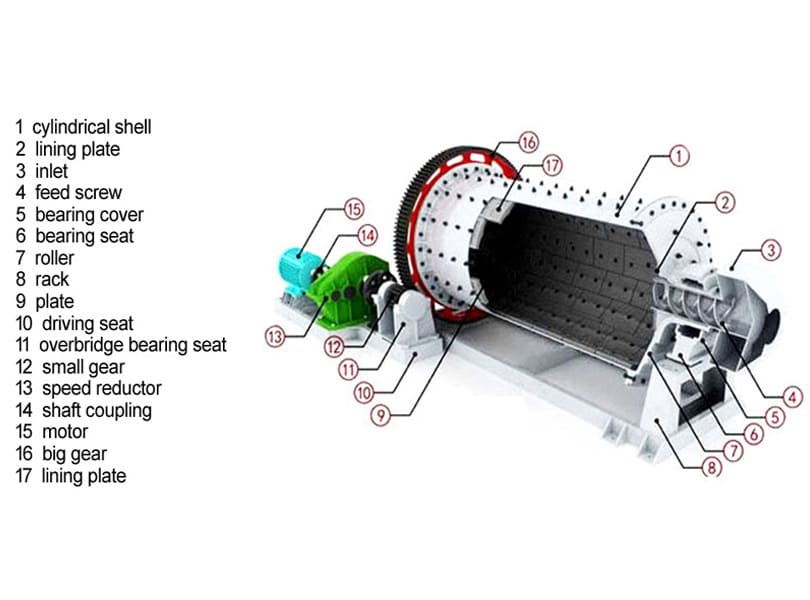
| Model |
Rotary speed
(r/min) |
Balls load |
Feeding size
(mm) |
Output size
(mm) |
Capacity(t/h) |
Power(kw) |
ثقل(t) |
| φ900×3000 |
35.6 |
2.4 |
≤25 |
0.075~0.89 |
0.8- 2.5 |
22 |
5.3 |
| φ1200×3000 |
32.4 |
4.5 |
≤25 |
0.074~0.4 |
1.6- 3 |
37 |
12.1 |
| φ1200×4500 |
32.4 |
7 |
≤25 |
0.074~0.4 |
1.83- 3.9 |
55 |
13.1 |
| φ1500×3000 |
29.7 |
7.5 |
≤25 |
0.074~0.4 |
2.8- 4 |
75 |
14.8 |
| φ1500×4500 |
29.7 |
11 |
≤25 |
0.074~0.4 |
4.8- 7 |
110 |
19.9 |
| φ1500×5700 |
29.7 |
14 |
≤25 |
0.074~0.4 |
5-8 |
130 |
23.4 |
| φ1500×7000 |
29.7 |
17 |
≤25 |
0.074~0.4 |
6-8 |
155 |
27.5 |
| φ1830×3000 |
25.4 |
11 |
≤25 |
0.074~0.4 |
4.5- 10.5 |
130 |
26.6 |
| φ1830×4500 |
25.4 |
17 |
≤25 |
0.074~0.4 |
6.8- 11.5 |
155 |
30.4 |
| φ1830×6400 |
25.4 |
24 |
≤25 |
0.074~0.4 |
7.5- 12.5 |
210 |
32.3 |
| φ1830×7000 |
25.4 |
26 |
≤25 |
0.074~0.4 |
7.8- 13.8 |
245 |
34.2 |
| φ2100×3000 |
24.9 |
15 |
≤25 |
0.074~0.4 |
5.8- 14 |
210 |
32.3 |
| φ2100×4500 |
24.9 |
23 |
≤25 |
0.074~0.4 |
9.5- 18 |
245 |
40 |
| φ2400×3000 |
20.8 |
20 |
≤25 |
0.074~0.4 |
7.8- 18 |
245 |
51.3 |
| φ2400×4500 |
20.8 |
30 |
≤25 |
0.074~0.4 |
13.7- 28 |
380 |
63.7 |
| φ2700×4000 |
19.5 |
34 |
≤25 |
0.074~0.4 |
15- 28 |
475 |
89 |
| φ2700×4500 |
19.5 |
39 |
≤25 |
0.074~0.4 |
16.5- 36 |
475 |
97 |
Note: Capacity will vary if project requests have different factors, such as stone type, discharging size, gravity ect.
 crusherfactory.com
crusherfactory.com


